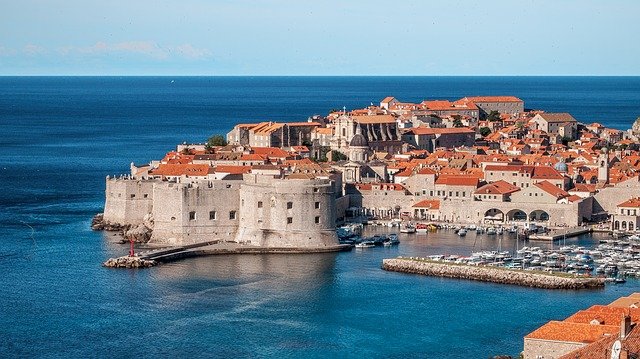European Environment Agency warns human activities put pressure on every part of Europe’s seas
- December 30, 2020
- Posted by: Elaine Coles
- Category: Environmental, Water Issues, White Papers, Europe

The European Environment Agency (EEA) is warning that many different human activities on land and at sea are causing pressures on every part of Europe’s seas.
A new EEA briefing shows that these pressures have now reached the outermost sea areas and the deepest seafloor – human activities are now negatively affecting 93 % of Europe’s sea area.
The EEA briefing Multiple pressures and their combined effects in Europe’s seas summarises the results of a spatial pressure assessment by the EEA and its European Topic Centre on Inland, Coastal and Marine waters (ETC/ICM), which shows that a wide range of human activities at sea and on land are causing pressures on Europe’s seas.
Nearly all of Europe’s marine area (93%) is under various pressures from human activities – hardly any part of this area that is not affected by at least two of such pressures, the briefing shows.
According to the EEA, the main pressures, including pollution, loss of habitats and disturbance from demersal fisheries are most intensive along the coast and in the shelf areas. Climate change adds to the concerns over the resilience of marine ecosystems.
The EEA briefing shows that the most extensive effects are in the coastal and shelf areas of the North Sea and, partly, in the Baltic Sea and Adriatic Sea. Serious effects were found in the narrow shelf areas of the western Mediterranean Sea. Major data gaps in the assessment were identified in the Mediterranean and Black Seas.
The growth of the EU’s maritime economy is leading to increased competition for marine space and resources. For human activities on land and sea to be sustainable, they need to be decoupled from the degradation of marine ecosystems, the EEA briefing states.
Key messages in the briefing include:
- The target of achieving good environmental status of European marine waters by 2020 will not be met in relation to key pressures such as contaminants, eutrophication, invasive alien species, commercial fish and marine litter.
- The most extensive combined pressure effects were detected in the coastal and shelf areas of the North Sea, parts of the Baltic Sea, the Adriatic Sea and the western Mediterranean Sea. All of these areas are under several anthropogenic pressures from pollution, physical loss and disturbance due to intensive fishery and coastal activities. Major data gaps in the assessment were identified in the Mediterranean and Black Seas.
- The combined effects of multiple pressures on marine species and habitats reduce the overall resilience of marine ecosystems. This is aggravated by climate change-related systemic changes that further erode marine ecosystems’ resilience.
- Regional cooperation to reduce specific pressures has been implemented consistently in some places and has worked, for example, by decreasing levels of nutrients and selected contaminants or limiting introductions of new non-indigenous species.
Click here to download in full Multiple pressures and their combined effects in Europe’s seas
